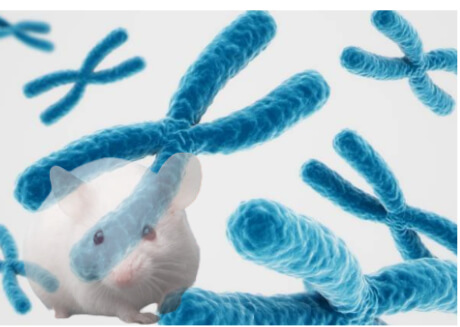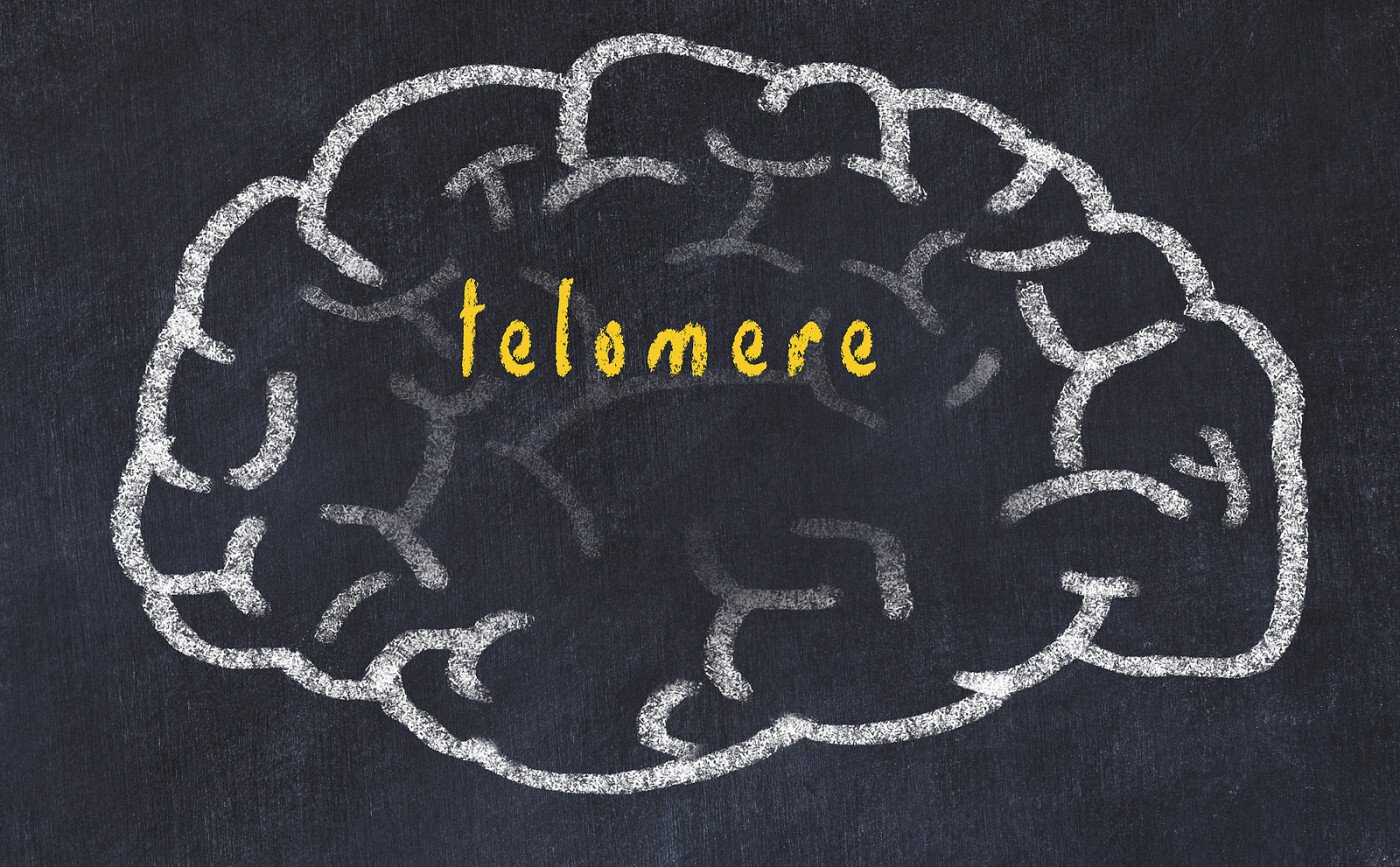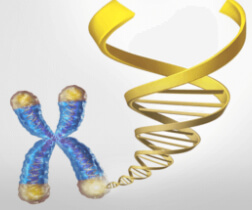Over a decade ago in a landmark paper it was demonstrated that if you add an extra copy of a gene required for telomerase activity, the human cells appeared to stop aging and although normal in every way measured and analyzed, the cells were for all practical purposes, “immortal”. This experiment really opened the imagination of not only the public but of scientist as well, and jumped-started the field of telomere and telomerase research. Since that experiment much has been discovered both in human cells and other species, as well as, organisms as a whole about telomeres and telomerase. However, a nagging question about the telomere biology has remained. Could activating telomerase in an organism as a whole ever have the same result, i.e., can telomerase activity delay aging process in an organism? Many experiments have been done that support this notion but few are as clean cut as the one published in the journal EMBO. A group led by Maria Blasco injected mice with a viral vector carrying a copy of the mouse telomerase gene. But not only that, they injected mice that were middle and/or extremely old in age. What they observed was amazing. The mice had increases in median lifespans of 24% in middle age mice and 13% in old age mice. In addition they also observed many health and fitness benefits such as insulin sensitivity, reduction in osteoporosis, improved neuromuscular coordination and improvements in other parameters associated with aging. In addition, they also put to rest another concern with telomerase gene therapy; the addition of the extra telomerase copy did not increase the incidence of Cancer in the mice. Although gene therapy may be many years away from being used as a viable means of introducing safely to humans needed repaired genes, the proof-of-principle and the health benefits of activating telomerase in an organism is closer to being completely answered.
- scholar
- Advanced NMN Foods
- announcements
- resveratrol-health-benefits
- Advanced NMN
- life-extension-supplements
- trans-resveratrol
- resveratrol
- ta-65
- curcumin-news
- spermidine
- telomere-news
- longevity-news
- natural-news
- news
- resveratrol-news
- resveratrol-research
- resveratrol-side-effects
- resveratrol-studies
- revgenetics-news
- ta-65-articles
- ta-65-health-benefits
- ta-65-side-effects
- ta-65-studies
- telomere-science
- nicotinamide mononucleotide
- nmn supplement
- NAD+ Foods

Maria Blasco’s Telomere Study On Mice
anthony-loera
telomere-news
|
longevity-news
|
news
12/01/2013 12:00pm
2 minute read
Related Articles
Alzheimer and 58 Resveratrol Trials
1 minute read
12/01/2013 12:00pm
Can Resveratrol Help Knockout Obesity?
2 minute read
11/22/2013 12:00pm
Does Resveratrol Have Any Chance Against Progeria?
2 minute read
12/12/2013 12:00pm
New Cancer And Telomere Science Articles
2 minute read
11/18/2013 12:00pm
When Telomeres reach their Critical Length
2 minute read
12/16/2013 12:00pm
Caffeine Shortens Telomeres, But Alcohol Lengthens Them
4 minute read
12/30/2013 12:00pm







